10 historic sites that are the most endangered in 2023, according to Indiana Landmarks
An Anderson theater, a historic Richmond neighborhood and a once-bustling Evansville business building are among keepers of Indiana history whose futures are now in jeopardy. These sites populate Indiana Landmarks' 10 Most Endangered, an annual list that advocates for historically significant places that are suffering from neglect, development pressure, lack of funding and other challenges.
Half of this year's endangered buildings are repeats from previous years, including a set of limestone-faced commercial buildings in Stinesville and a Marion church designed by a Black architect who broke down racial barriers.
“Each endangered place tells a distinct story, and each faces its own set of challenges. In all cases, when an endangered place lands on our list, we commit to seeking solutions that lead to rescue and revitalization,” Indiana Landmarks President Marsh Davis stated in a news release.
Since the list's inception in 1991, 20 of the 153 sites have been demolished, and 101 are either restored or no longer endangered, according to the nonprofit.
Here are the sites listed for 2023.
Historic Fraternal Lodges
Around the state

Lodges that housed fraternal orders including the Masons, Odd Fellows, Elks and others appeared in the late 19th and early 20th centuries in almost every town in Indiana. The structures became iconic landmarks in their communities, but their future is uncertain as orders' memberships continue to decline.
The endangered lists includes Vernon's 1860 Masonic Building, which has vacant upper floors, and the nearby International Order of Odd Fellows, which is condemned, according to Indiana Landmarks. Shelbyville's Knights of Pythias Lodge suffers from deterioration as well.
Last chance: Relive the food, sights and sounds of the 2023 Indiana State Fair
International Harvester Engineering Building
2911 Meyer Road in Fort Wayne
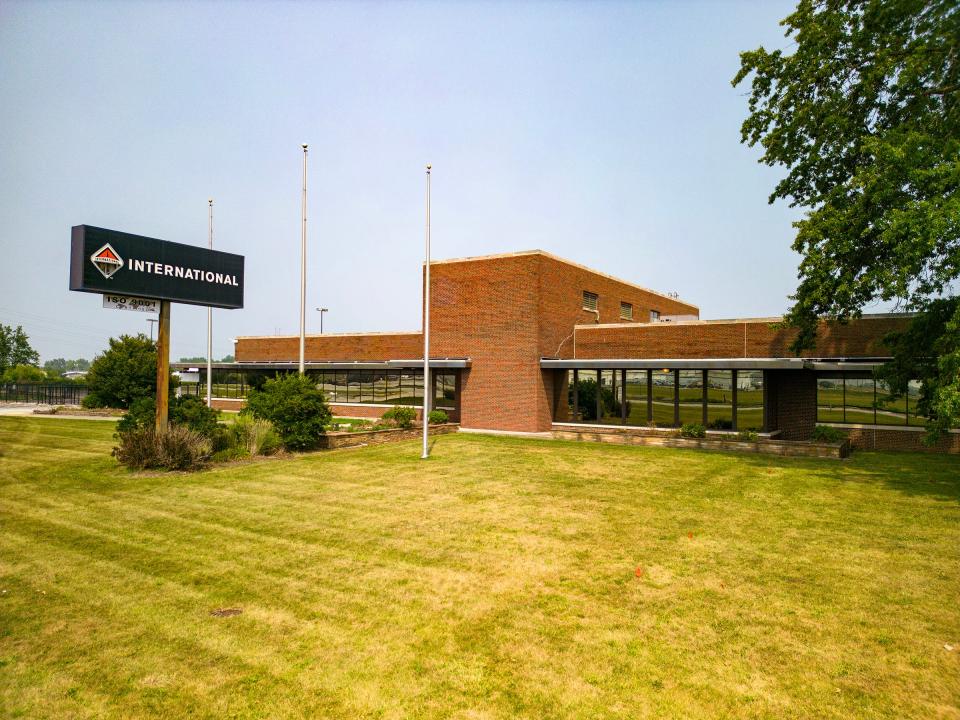
The midcentury building's shape pays homage to the logo of International Harvester — the company that manufactured more than 1.5 million heavy duty trucks and 500,000 early sports utility vehicles from 1923 to 1983. Trucks were tested at the Meyer Road building and a nearby track. From 1986 to 2012, Navistar International owned the building and used it as an engineering facility.
Harvester Homecoming began celebrating the city's truck heritage in 2019 and displayed trucks and artifacts inside the building. Festival organizers want to make the museum permanent, but Allen County Commissioners plan to build a jail on the property, which could put the museum plans in jeopardy, according to Indiana Landmarks.
Thomas and Louisa Little House
5328 E. U.S. Highway 40 in Plainfield
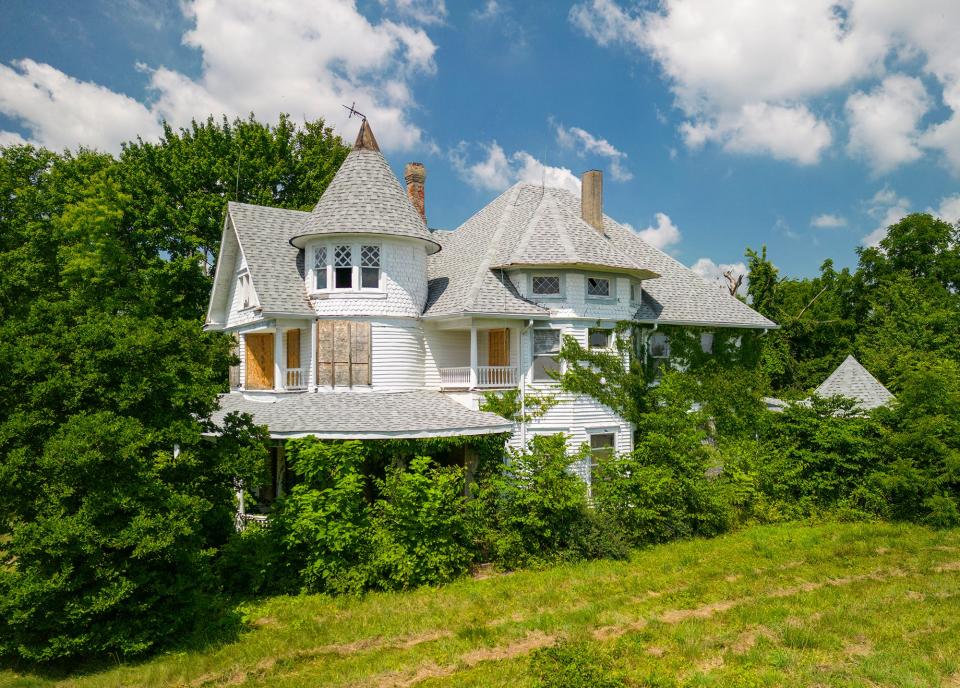
The charming turret, fishscale shingles and diamond-patterned glass of the Queen Anne-style home has long caught eyes from passers-by on what used to be the National Road. It resides on land acquired in 1830 by Alexander Little, a member of the Indiana State Legislature. His grandson Thomas Little had the home built between 1885 and 1891 for his family to replace an earlier residence. Over the course of the 20th century, a large goat farm and festivals populated the property, according to the Hendricks County Republican.
Hendricks Regional Health bought the property in 2017 and shared plans to demolish it in 2021, the Republican reported. After public outcry, including a petition that has garnered almost 9,000 signatures to save the home, the company put it up for sale. But it still needs an owner who will preserve its heritage, according to Indiana Landmarks.
End of summer has us feeling nostalgic: Archive photos of Indianapolis take us back.
Starr Historic District
Between North A Street, North E Street, North 10th Street and North 16th Street in Richmond
Industrialists, financiers and business owners once lived in the neighborhood packed with Victorian-era homes that belong to Greek Revival, Italianate, Second Empire and Queen Anne styles. Charles and Elizabeth Starr — whose sons helped start the famous Starr Piano Co. — bought the land and platted it.
Once lauded for how well it was preserved, the district — with most residences built between 1860 and 1920 — has fallen into disrepair. Only 23% of the homes are occupied by their owners, and almost 70% have absentee owners, are rentals or are abandoned, according to a 2018 Ball State study reported on by the Richmond Palladium-Item.
Organizations devoted to the district's preservation continue to advocate for it, and Indiana Landmarks has invested in properties and moved its Eastern Regional Office to the Reid Memorial Presbyterian Church, which falls within the district. But more help is needed, according to Landmarks.
Louis Armstrong's history in Indiana: How a quirky Indiana studio was the first to record many of America's famous musicians
State Theatre
1303 Meridian St. in Anderson
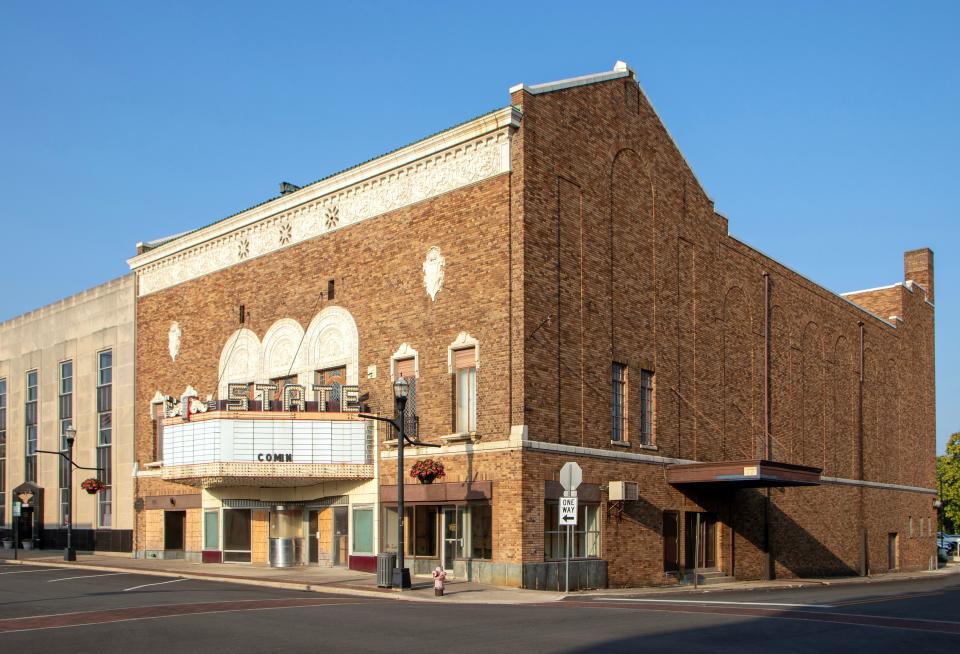
Publix Theater Corp. of Chicago brought The State to life in 1930, one of an army of theaters that populated downtown. Its Spanish Baroque facade, modern sound and projection technology beckoned patrons. On the building's outside were a glowing marquee, stately trim and elongated ornate windows.
But the theater closed in 2008 and remains vacant after failed redevelopment plans. The city bought it in 2019 after the former California-based owners sued Anderson because the building sustained water damage, the Anderson Herald Bulletin reported. Now the city would like for it to be part of redevelopment plans, according to Indiana Landmarks.
Birdsell Mansion
511 W. Colfax Ave. in South Bend
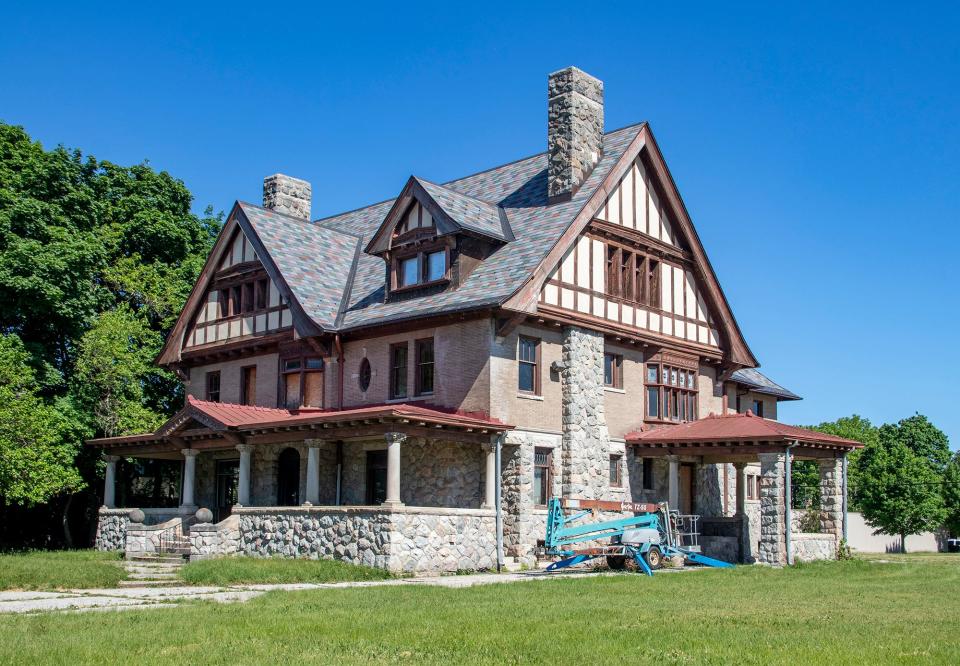
Built in 1898, industrial titan J.B. “Ben” Birdsell’s mansion boasted hardwood paneling, fireplaces and a third-floor ballroom fit for entertaining the city's high society. The structure rivaled other iconic homes, including Clem Studebaker's Tippecanoe Place.
But the Birdsell Mansion has since fallen into disrepair and is plagued by code violations, according to Indiana Landmarks. Its gutters are leaking, windows are missing and water is seeping in, the organization says.
Hulman Building and Garage
20 N.W. 4th St. and 109-111 N.W. 3rd St. in Evansville
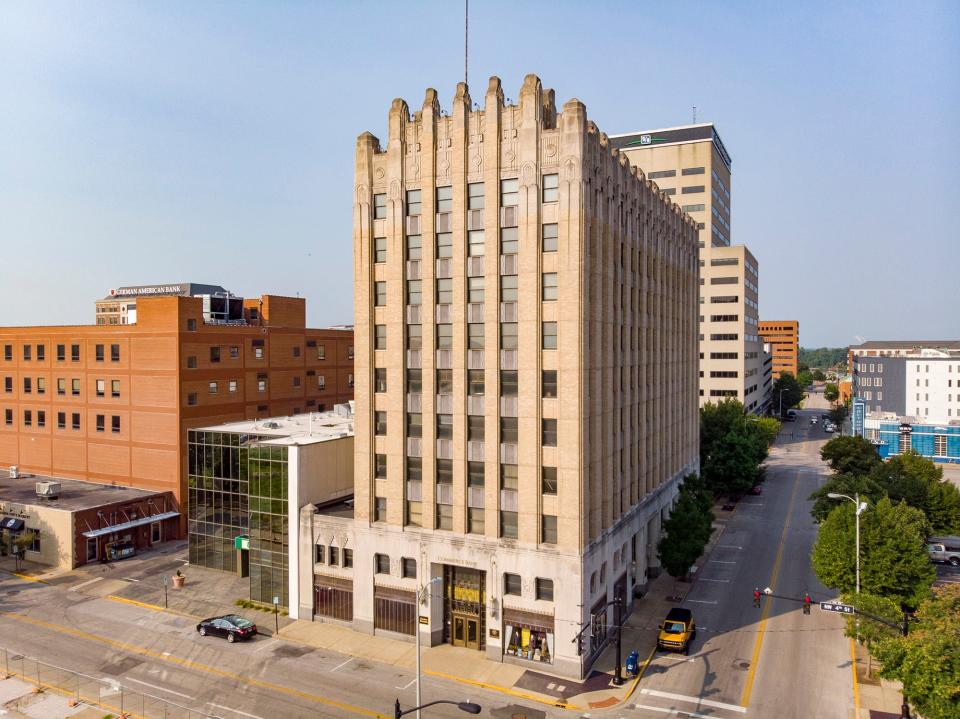
Courtesy of its art deco style, the 10-story commercial skyscraper displays carved scenes of transportation and industry along with floral and zigzag motifs. The structure, with its brass and marble lobby, was built in 1929 as a bank and offices, and the neighboring garage was constructed in 1927. The building's namesake comes from the company that acquired it in the 1930s.
The building remains for sale without solid preservation plans, especially for its features, which risk being stripped away and sold, according to Indiana Landmarks.
'Who really needs us now?' Indy TV sportscasts from the golden days to a fight to survive:
Knox County Poor Asylum
2830 Arc Ave. in Vincennes
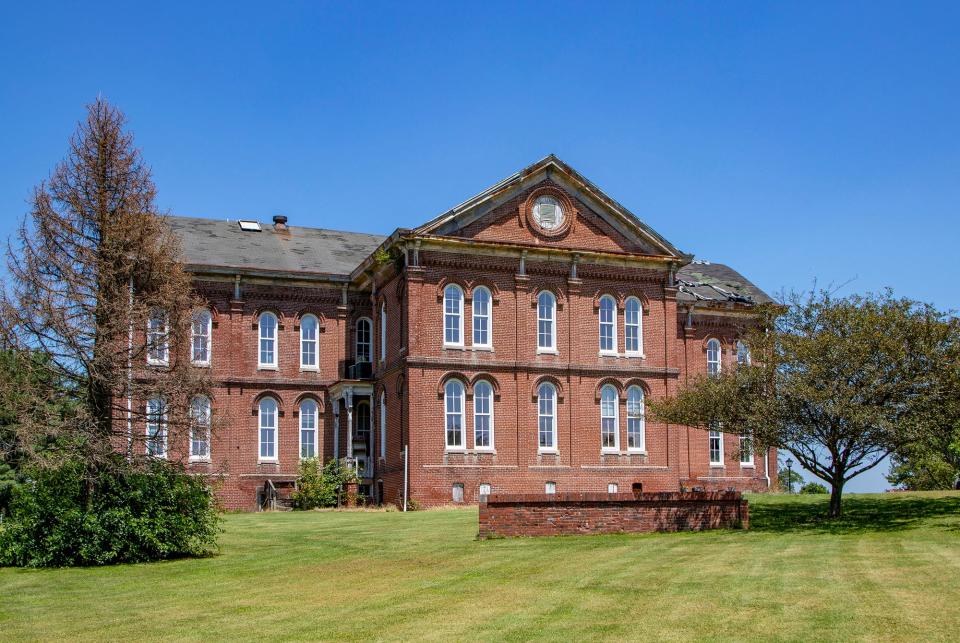
In the 19th century, each of the state's 92 counties created so-called "poor farms," where people would work in exchange for shelter and food, to care for those in need. Knox County's asylum, with Italianate and Greek Revival styles, was built in 1882 and replaced its predecessor.
Operated by the county until 1985 and last occupied until 2004, the Vincennes home is now one of the few survivors of its kind. A nonprofit that acquired the property in 2020 wants to turn it into a hospice facility, but significant progress and repairs are necessary, according to Indiana Landmarks.
First Friends Church
1501 S. Adams St. in Marion
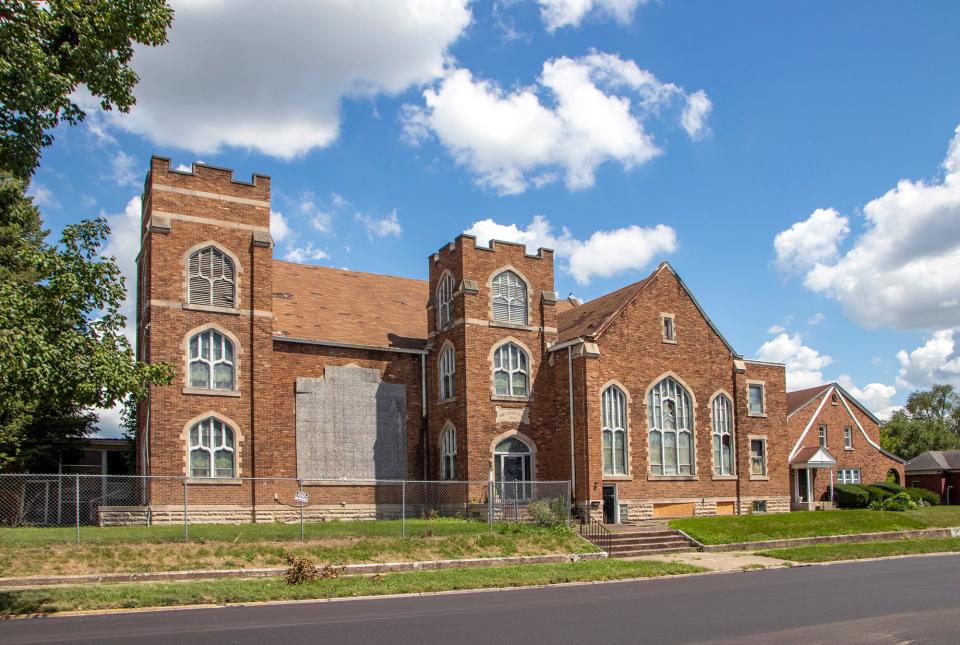
Known for its dedication to supporting the Black community, this Quaker congregation chose Samuel Plato, a Black architect who became known for his work on post offices and housing, to design their church. After his 1914 hire, he designed the Gothic Revival-style building with semi-circular seating and stained glass windows, among other features.
While structurally sound, the vacant church has plywood covering a window, crumbling plaster, damaged flooring, peeling paint and mold, according to Indiana Landmarks.
Looking for things to do? Our newsletter has the best concerts, art, shows and more — and the stories behind them
Stinesville Commercial Buildings
8211-8237 W. Main St. in Stinesville
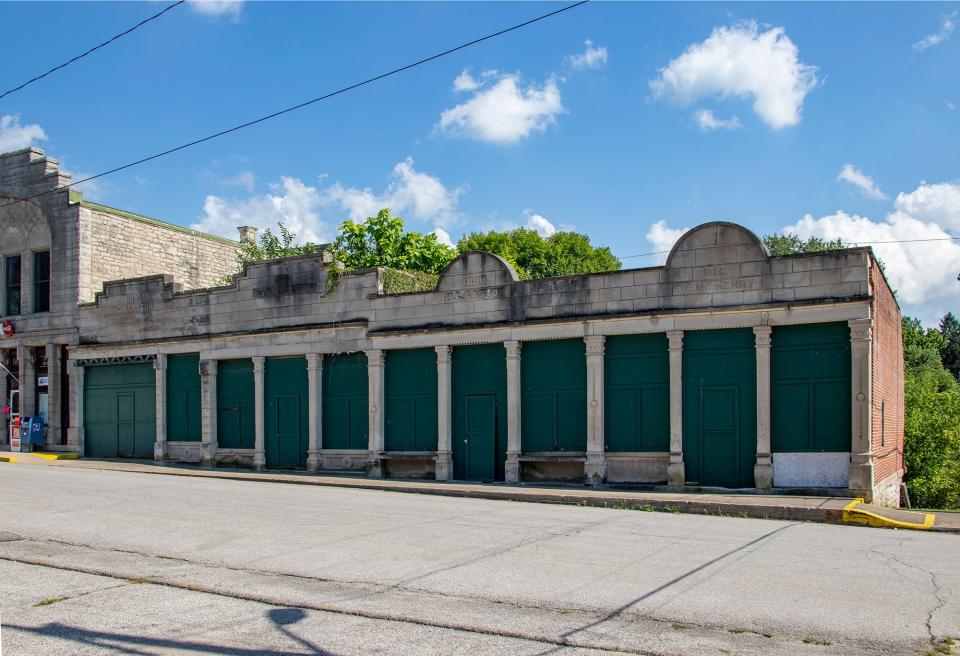
Just northwest of Bloomington, Stinesville boomed in the 19th century as the limestone industry developed in Indiana. The material is part of a strip of buildings constructed between 1884 and 1894 downtown.
The two-story I.O.O.F lodge houses the historic Stinesville Mercantile and post office, but the four connected commercial buildings are vacant, according to Indiana Landmarks. No takers have emerged to restore them, despite the city's previous offer to sell the four for $1 and their eligibility for rehabilitation tax credits, the organization says. In the mean time, the deterioration continues.
IndyStar reporter Claire Rafford contributed to this report.
Contact IndyStar reporter Domenica Bongiovanni at 317-444-7339 or d.bongiovanni@indystar.com. Follow her on Facebook, Instagram or Twitter: @domenicareports.
This article originally appeared on Indianapolis Star: Indiana Landmarks names 10 most endangered historic sites of 2023

